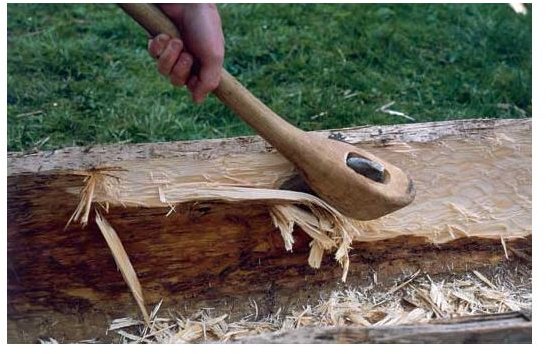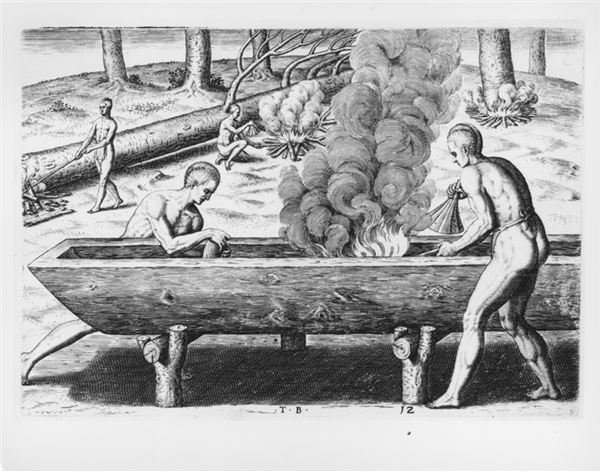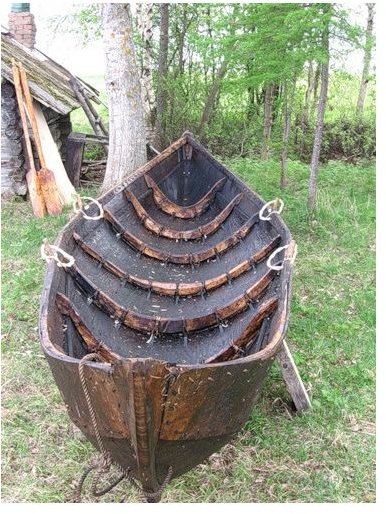Dugout Boats - An Overview of Prehistoric Boats
Introduction
We have studied about various types of ships and different types of boats such as the skin boats, coracles and kayaks. In this article we will learn about the design, construction and history of another interesting boat, namely the dugouts.
Dugout, as the name suggests, is a boat made by digging the wood out of a tree’s trunk. Dugouts or hollow tree trunk boats were a kind of primitive boats, which unlike any other type of boats, took months in the construction process. Generally made from massive tree trunks, dugouts were known as the best prehistoric boats, which date back to the Stone Age.
Dugout Design
Dugouts were used extensively in the prehistoric age. Supposed to be known as the most superior to all the early boats, dugouts were mainly used in Europe some ten thousand years ago. Similar to a canoe in shape, dugouts were made from sturdy tree trunks. It was this sturdiness that set them apart from rest of the boats of that era.
The earliest dugouts were generally made from lime wood, a wood that was easy to scrap and did not split due to the premature tools used at that time. Even the earliest dugouts could easily carry 6 to 8 people at a time. Moreover, dugouts were also very easy to maintain. In case of a crack, the affected area of the boat was just sewn or sealed with clay, making the boat ready to be used again.
Construction
The process of dugout construction is described below in the form of a few basic steps.
- Cutting a large tree was a tedious task for the prehistoric people. For this reason, either they used to bring down the trees by setting fire to the base or use the tree trunks that were already fallen.
- Once the tree trunk was found, it was allowed to dry up, which generally took minimum of 3-4 months.
- When completely dry, the inner wood was removed by setting fire to one section of the trunk at a time.
- The wood was scraped out of the trunk using shells or other primitive tools.
- Later on, a proper shape was given to the hollow trunk by carving the bow and stern pointed, in order to make the boat run swiftly through the water.
This peculiar process of constructing dugouts was what made them more sturdy and reliable as compared to bark or skin boats. Moreover, the shape of the dugouts also made them more appropriate to be used in rough weather condition. The streamlined and sleek shape made dugout faster and easier to be steered through water. However, the most important aspect of dugout was its base, which could easily be made stronger by adding extra pieces of wooden frames or wooded logs to it. Extra strength to the hull was also provided by mounting two logs parallel to hull using small poles.
Because of their strong base and sturdy conditions dugouts were used in both river and sea waters. Due to their peculiar designs, dugouts could easily swim against the rough sea tides. It was thus the practical hull shape of dugout that made them famous and useful.
All the ships that followed and all the modern ships that we see today have the same basic design of dugouts. It is therefore said that all the modern ship hulls have their inspiration in them.


Images
https://upload.wikimedia.org/wikipedia/commons/e/e4/Dugout_canoe_manner_boats_de_bry.jpg
https://img-fotki.yandex.ru/get/1/dpankrat.0/0_b98_406faabb_-1-L.jpg
https://oldtiden.natmus.dk/udstillingen/bondestenalderen/stammebaaden_fra_broksoe/stenalderens_stammebaade/language/uk/
